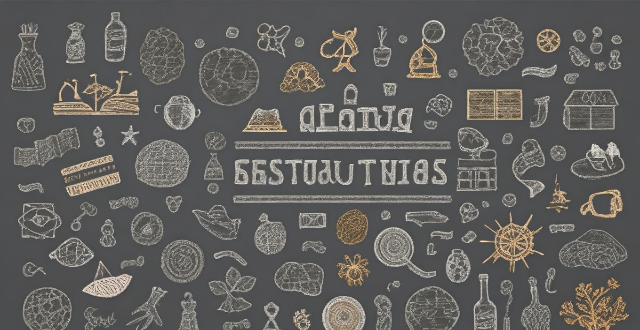Teaching multicultural education is essential for promoting understanding, respect, and appreciation for diverse cultures. Best practices include incorporating diverse perspectives into the curriculum, promoting empathy and respect, using inclusive language, celebrating cultural diversity, fostering collaboration and dialogue, addressing bias and stereotyping, integrating technology and social media, and continuous professional development. By implementing these practices, teachers can create an inclusive and harmonious classroom environment that values and appreciates cultural differences.

Best Practices for Teaching Multicultural Education
Teaching multicultural education is an essential aspect of modern pedagogy. It fosters understanding, respect, and appreciation for diverse cultures, promoting a more inclusive and harmonious society. Here are some best practices for teaching multicultural education:
1. Incorporate Diverse Perspectives
Incorporating diverse perspectives into the curriculum is crucial for multicultural education. This can be achieved by:
- Including literature, art, and history from different cultures
- Discussing current events and issues affecting various cultural groups
- Encouraging students to share their own cultural experiences and perspectives
2. Promote Empathy and Respect
Empathy and respect are fundamental values in multicultural education. To promote these values, teachers can:
- Encourage open-mindedness and curiosity about other cultures
- Teach students how to listen actively and respectfully to others
- Model empathy and respect in interactions with students and colleagues
3. Use Inclusive Language
Using inclusive language is essential for creating a welcoming and inclusive classroom environment. Teachers should:
- Avoid using stereotypes or generalizations about specific cultural groups
- Use gender-neutral language and avoid assumptions based on gender roles
- Be mindful of the potential biases in language and strive to use neutral terms
4. Celebrate Cultural Diversity
Celebrating cultural diversity helps create a positive atmosphere where students feel valued and appreciated. Teachers can:
- Plan activities that celebrate different cultures, such as cultural festivals or themed days
- Encourage students to share their cultural traditions and celebrations with the class
- Display artwork, posters, and other materials that showcase diverse cultures
5. Foster Collaboration and Dialogue
Collaboration and dialogue are key components of multicultural education. Teachers can:
- Create opportunities for students to work together on projects that explore cultural differences and similarities
- Facilitate discussions that encourage students to share their opinions and learn from one another
- Encourage students to engage in respectful debates and consider multiple viewpoints
6. Address Bias and Stereotyping
Addressing bias and stereotyping is crucial for promoting equality and inclusion in the classroom. Teachers can:
- Discuss the impact of bias and stereotyping on individuals and society
- Encourage students to challenge their own biases and preconceptions
- Provide opportunities for students to reflect on their actions and words and how they may affect others
7. Integrate Technology and Social Media
Technology and social media can be powerful tools for teaching multicultural education. Teachers can:
- Use online resources, such as videos, podcasts, and websites, to supplement lessons on diverse cultures
- Encourage students to connect with peers from different cultural backgrounds through social media or online forums
- Use technology to facilitate collaborative projects and discussions among students from diverse backgrounds
8. Continuous Professional Development
Continuous professional development is essential for teachers to stay up-to-date with best practices in multicultural education. Teachers should:
- Attend workshops, conferences, and training sessions focused on multicultural education
- Seek feedback from colleagues, administrators, and students to improve their teaching practices
- Stay informed about current trends and issues related to multicultural education through research and professional development opportunities